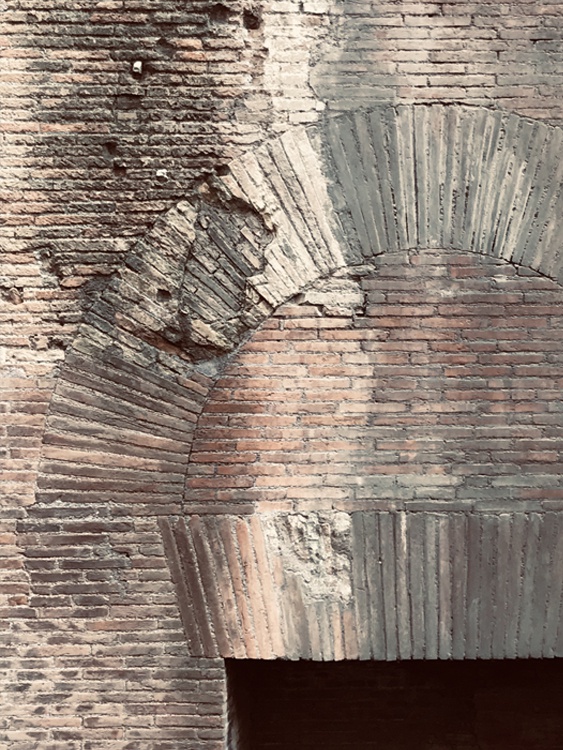
Detail
Type – Performance
Location – Moscow, Russia
Date –
Fragment of the speech by Alexander Ryabskiy in the framework of the discussion "trialogues. craft: details", organized by the group ЦЕХ.
"I am happy to welcome you all here. It’s promising to be a great night.
The topic is fascinating; however, it’s hard to imagine that we will be able to cover it fully today, but let’s try to anyway.
I should mention right away that I don’t like words like ‘joints’ and ‘edges’ and am accustomed to using the term ‘detail’, so that’s the term I’m going to use tonight.
This topic is indeed a significant one and it is important to have a discussion about it, which is why I would like to start off by sharing my thoughts on it.
To me, happiness means achieving harmony.
By ‘harmony’ I mean the natural order of things.
It is through architecture that I look for and strive to achieve harmony and, consequently, that which is essential and organic.
It is important for me that the essence of things acts as the defining factor throughout the whole process, from creating a new concept of “the whole” to its execution, where “the lesser” is an organic part of “the greater,” and “the greater” a natural derivative of “the lesser.”
In my experience, once you define the concept of “the whole” - its appropriateness, mood, proportions, structure, and scale - the topic of details always comes up. It arises mostly from the question of how to execute the concept of “the whole.”
In other words, it seems that details do not belong to the world of ideas and images, even though they are connected with it; instead, they dominate the world of the material and the physical, and as a result, they have physical characteristics, they can be seen and felt. For me, the topic of details is “borderline” in architecture, that is, it is the very moment when architecture changes its state of aggregation, when idea becomes matter.
This is precisely why a detail cannot be stand-alone and is always an organic continuation of “the whole.”
Thus, a detail is always material and exists within the frame of the laws of physics.
It would be appropriate to refer here to the idea of laws and rules in architecture. Nature created the laws; the architect comes up with the rules.
In my worldview, a building takes shape in accordance with the laws of nature and is executed according to the rules of architecture.
By extension, the creation of this or that detail represents the laws, but follows the rules of architecture.
The laws are determined by the essential nature of the materials, that is, their characteristics, properties, and physical abilities. It is important to understand and feel their abilities.
You cannot force materials to be what they are not.
The details come into being as a result of thoughtful and well-considered work with the materials. It is often a matter of how one material joins another. It is always a matter of borders, junctions, connections, intersections, penetration, and touch.
And this is where the rules come into play.
It goes without saying that the rules applied to one building are not always applicable to another one. It stands to reason that, one way or another, when we create the rules, we are always governed by the concept of “the whole.” However, we must be aware of the fact that these rules shouldn’t contradict the nature of the construction process, and the detail that complies with these rules has to represent its esthetic reinterpretation.
Again I am referring to the “how can it be done” question that I mentioned in the beginning.
The question of how to do it is a question of invention.
The architect invents details.
A detail cannot simply be copied or drawn from another design. It has to be invented, given meaning to, and created in harmony with “the whole.”
I have to mention here that based on my experience, I can say that some details, their solutions, and sometimes the approach to their solutions attain the status of "gimmicks” with the potential of developing into a “language," or one's signature style, if you will.
I don’t think I should expand on the notions of “'techniques” and “language” today as it is a topic in its own right, even though I believe it is definitely related to the topic of details.
I think this should suffice for now, thank you."